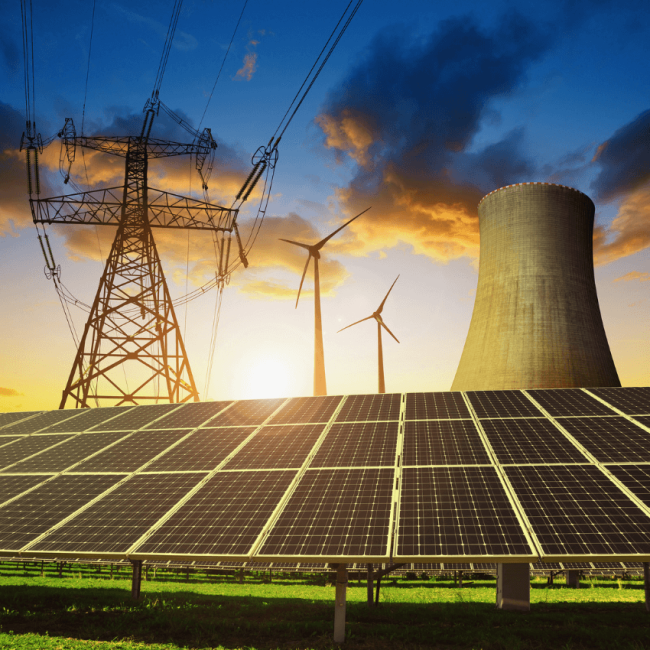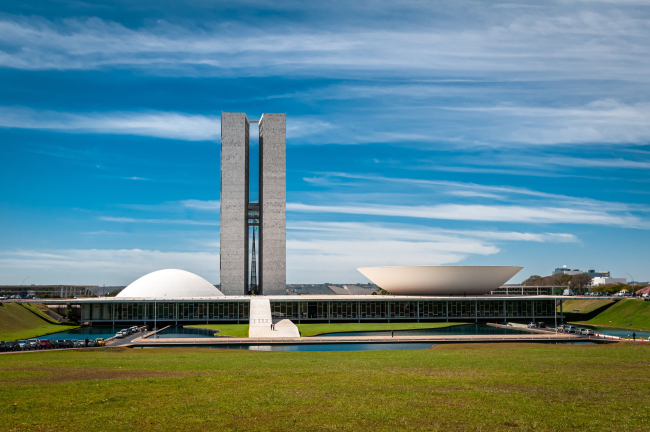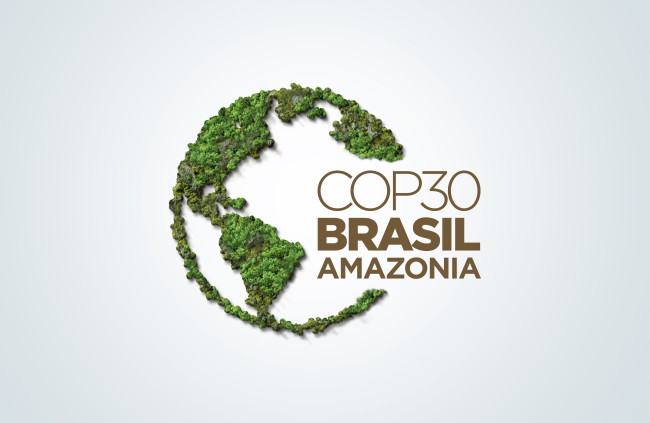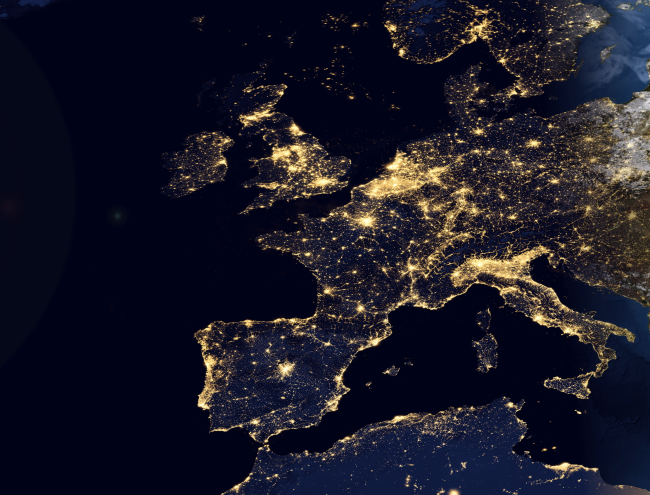The Conundrum of the Southern Gas Corridor: What are the Risks for Europe and Azerbaijan? The viewpoint of an insider

For more than ten years, harsh negotiations among different oil majors and pipeline consortia have been taking place about the Southern Gas Corridor, all of them seeking to transit 10 bcm/year of natural gas that will be produced from the Shah Deniz giant gas field of Azerbaijan to the European Union. As of today, no Final Investment Decision (FID) has been reached neither for the preferred pipeline route to Europe, nor for the production of the second phase of Shah Deniz.
Yet a decision has to be made. Europe will remain a major gas importer as clearly shown by the International Energy Agency’s scenarios for 2035. Even if shale gas may be a game-changer as far as Chinese needs for gas imports are concerned, many uncertainties remain regarding the risk of the EU competing with China in the global market for natural gas imports. Consequently, the EU needs to secure its gas supplies. What is at stake is nothing but its competitiveness in the world economy. In the words of EU Commissioner for Energy, Günther Oettinger, “globally, demand growth poses a threat to security of supply and, with its impact on prices, our economic competitiveness.”
In this context, the EU has to quickly make a decision regarding the Southern Gas Corridor unless the three major risks for the realization of the Southern Gas Corridor become too heavy. First, the delay of the FID of the Shah Deniz Consortium in Azerbaijan causes an acceleration of the economic and geopolitical costs which threaten the energy security of Europe. Associated with that risk is the potential internal disagreement between SOCAR, the State Oil Company of Azerbaijan, and BP, the two most important shareholders of the Shah Deniz consortium. Second, the development of South Stream poses a risk for the delivery of Azerbaijani gas to Europe via the Southern Gas Corridor. Gazprom is indeed already ahead of the geopolitical rivalry, since the construction of South Stream was officially inaugurated, last December 2012, by Russian President Vladimir Putin. Gazprom is aiming to construct first the South Stream, and sign new gas supply contracts with the South Eastern (S.E.) European countries, in order to weaken both commercially and geopolitically the pipelines under design, namely Nabucco West, Trans Adriatic Pipeline (TAP) and Trans Anatolian Pipeline (TANAP). Third, the worsening of the Eurozone crisis, with the potential of further political and economic instability, is a major risk for the opening of the Southern Corridor, as it makes the construction of the gas infrastructure more expensive and also weakens the political will. In particular, in the context of the Greek debt crisis and its effect on the Eurozone, an additional risk is linked to the privatization of the Greek gas industry DEPA and DESFA. Gazprom is the front runner in winning the bid for the Greek privatization, and if the Russian gas monopoly was to acquire the gas industry of Greece, which has a crucial geostrategic position being one of the only two entry points for the Azerbaijani gas to EU via an onshore pipeline, then the Southern Gas Corridor would meet an additional strategic (geo)political obstacle.
The future challenge for the Southern gas Corridor lies in its efficient opening with the Shah Deniz gas supplies and with the completion of a credible gas infrastructure that will deliver future gas supplies to the EU from the Caspian region. This requires strong leadership and unwavering will from the governments, the oil majors and the gas pipeline consortia.
We are at the most critical stage of this project. Which pipeline will deliver the Shah Deniz gas to the European Union (EY): Nabucco West or Trans Adriatic Pipeline (TAP)? What is the role of Trans Anatolian Pipeline (TANAP)? A decision made today will enable the EU to build its own margins of manoeuver and secure its long-term security of gas supply.
To read further:

Available in:
Regions and themes
ISBN / ISSN
Share
Download the full analysis
This page contains only a summary of our work. If you would like to have access to all the information from our research on the subject, you can download the full version in PDF format.
The Conundrum of the Southern Gas Corridor: What are the Risks for Europe and Azerbaijan? The viewpoint of an insider
Related centers and programs
Discover our other research centers and programsFind out more
Discover all our analysesBrazil One Year Away from the October 2026 General Elections
Brazil’s general elections will be held on October 4, 2026, to elect the president, vice-president, members of the National Congress, governors, deputy governors and state legislative assemblies. For the presidential and gubernatorial elections, a second round will be held on October 25 if no candidate obtains a majority of the votes in the first round.
COP30: An Inflection Point for Climate Action and Governance
The 30th Conference of the Parties (COP30), opening in Belém, Brazil, on November 10th 2025, convenes at a perilous moment.
The Strategic Dimension of Skills in the Clean Industrial Deal
In the competitiveness and energy transition battles, the European Union (EU) must master a determinant factor: skills.
The Energy Transition Faces Geopolitical Challenges. How Can Ideological Divides Be Overcome?
President Trump’s positions and policies, combined with record coal consumption and booming global electricity demand, geo-economic confrontation, and widespread concerns about energy security, are changing the game when it comes to understanding realistic decarbonization trajectories. The war in Europe is intensifying competition between defense and transition budgets. This is also the case elsewhere in the world.









